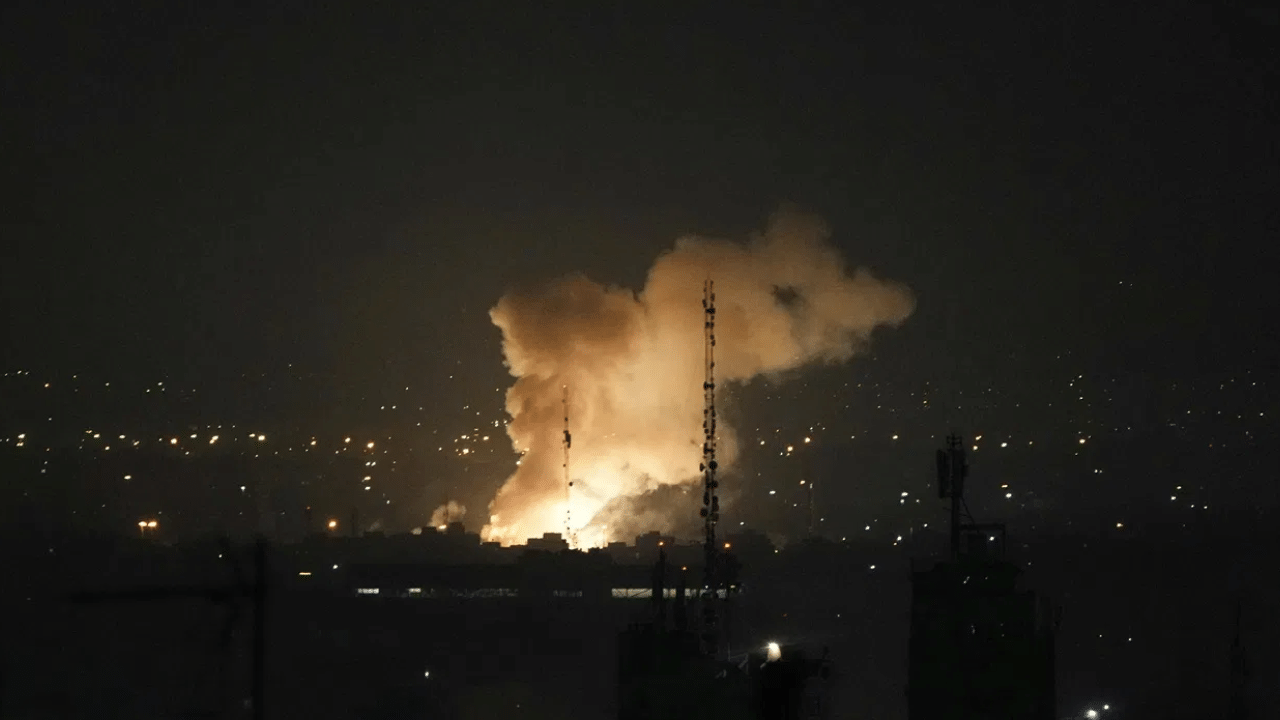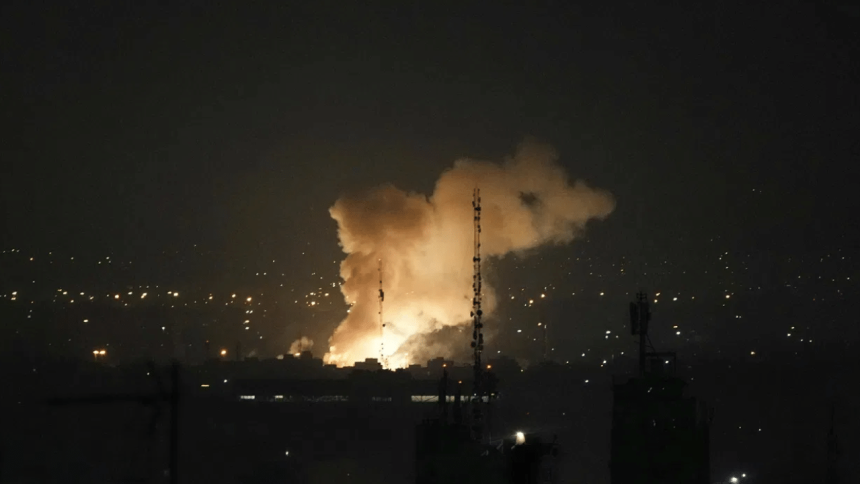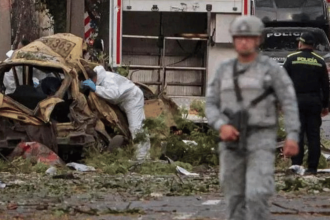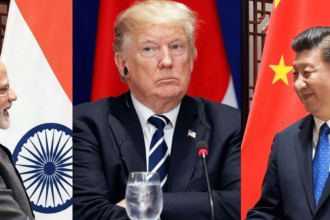
Jerusalem: Israel’s airstrike on Iran’s Natanz nuclear facility, part of Operation Rising Lion, caused internal chemical and radiological contamination at the site. The attack destroyed the above-ground section of the pilot fuel enrichment plant, where uranium was being enriched to 60 per cent.
While this raised alarm globally, the International Atomic Energy Agency (IAEA) said that external radiation levels remain unchanged, meaning the surrounding environment and population are not currently at risk.
How nuclear sites are usually targeted
It’s questionable what happens when nuclear sites are bombed. The consequences of such strikes can vary depending on what part of the site is hit, whether radioactive materials are present, and how well the facility is built and protected.
When countries carry out strikes like this, their aim is often to disrupt nuclear operations without triggering a radioactive disaster. The attacks usually target above-ground components like power supplies, centrifuges, or ventilation systems, as reported by News 18. These areas are crucial for the operation of the facility but typically do not contain radioactive materials. If executed with precise intelligence and timing, such strikes can delay or cripple a nuclear programme without endangering the wider environment.
Dangers of hitting active nuclear facilities
Israel has used this strategy before. In 1981, it bombed Iraq’s Osirak nuclear reactor before it had started operations. In 2007, it destroyed a suspected nuclear site in Syria’s Al-Kibar region. In both cases, there was no radioactive contamination because the reactors were either not operational or did not contain nuclear fuel at the time of the strike.
However, if the targeted site contains enriched uranium or spent nuclear fuel, the risks increase sharply. A strike that damages storage areas or critical systems like cooling mechanisms could result in the release of radioactive substances.
In such a case, radiation could spread into the air, soil, or water, posing serious health risks to workers and nearby communities. Even without a nuclear explosion, which is not possible without a warhead, a leak of radioactive particles could turn the area into a danger zone. People might need to be evacuated, and the site could require long-term cleanup efforts.
The severity of such contamination depends on how much radioactive material is present, its form, and how it is stored. Weather conditions and whether the facility is located above or below ground also play a big role in determining how far the contamination might spread. If a blast causes fires or breaks open containers storing radioactive gases or powders, the situation can quickly spiral out of control. It could resemble the effects of a “dirty bomb” – a conventional explosive that spreads radioactive material to create panic and long-term damage.
What happened at Natanz
In the case of the Natanz facility, the IAEA said that contamination occurred inside the site but not outside. While this means the worst-case scenario has been avoided, it still shows how fragile and risky such operations can be.
Beyond the physical damage, there are major political and diplomatic consequences. Nuclear sites are usually built in remote, well-guarded areas, but even then, strikes can cause fires, secondary explosions, and injuries to staff. Infrastructure damage can disrupt electricity, water supply, and other essential services within and around the site. If nearby transport routes or logistics hubs are affected, it can cause broader disruption to the region.
Political and military consequences
Politically, targeting a nuclear facility is often seen as a very serious act that can escalate tensions and trigger a chain of reactions. The country under attack may decide to stop cooperating with international nuclear inspectors, walk away from diplomatic talks, or even speed up its nuclear development as an act of defiance, as reported by News18. Military retaliation is also a possibility. In this latest incident, Iran has already launched missile and drone strikes in response and has suspended scheduled nuclear talks with the United States, which were to be held in Oman.
The country that carries out such a strike may also face global backlash. It could be accused of violating international norms and agreements, face diplomatic isolation, or even be targeted with sanctions. Even if the strike doesn’t lead to a radiation leak, the global political damage can be severe and long-lasting.
Perhaps the most worrying outcome is the possibility that such attacks become more common in future conflicts. Bombing nuclear sites, even with caution, sets a dangerous precedent. It weakens trust in the global non-proliferation system and makes even peaceful nuclear facilities vulnerable in times of war. That is why, for decades, the international community has treated nuclear sites as off-limits. The risks are too great, not just in terms of radiation, but in terms of long-term global stability and peace.




